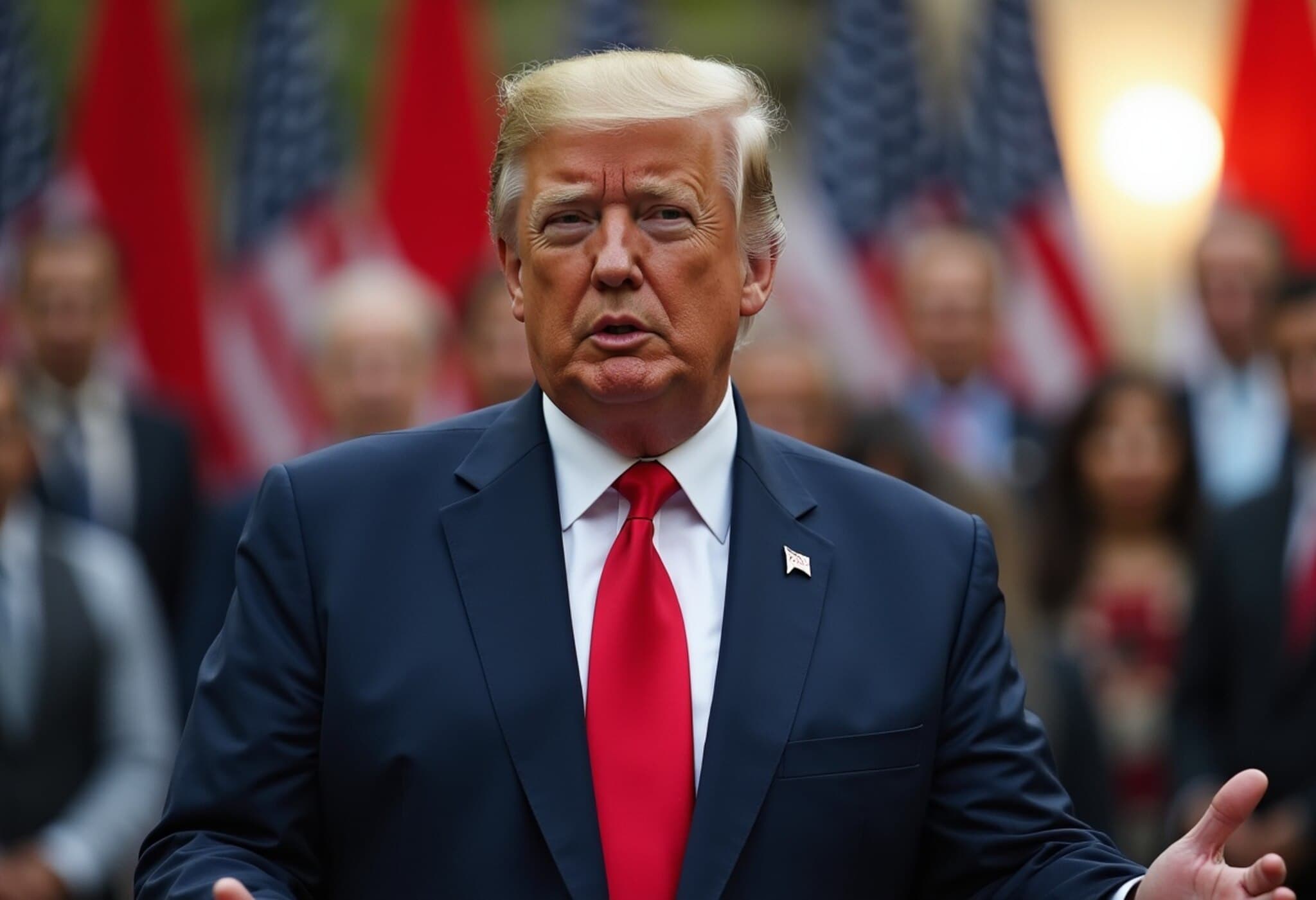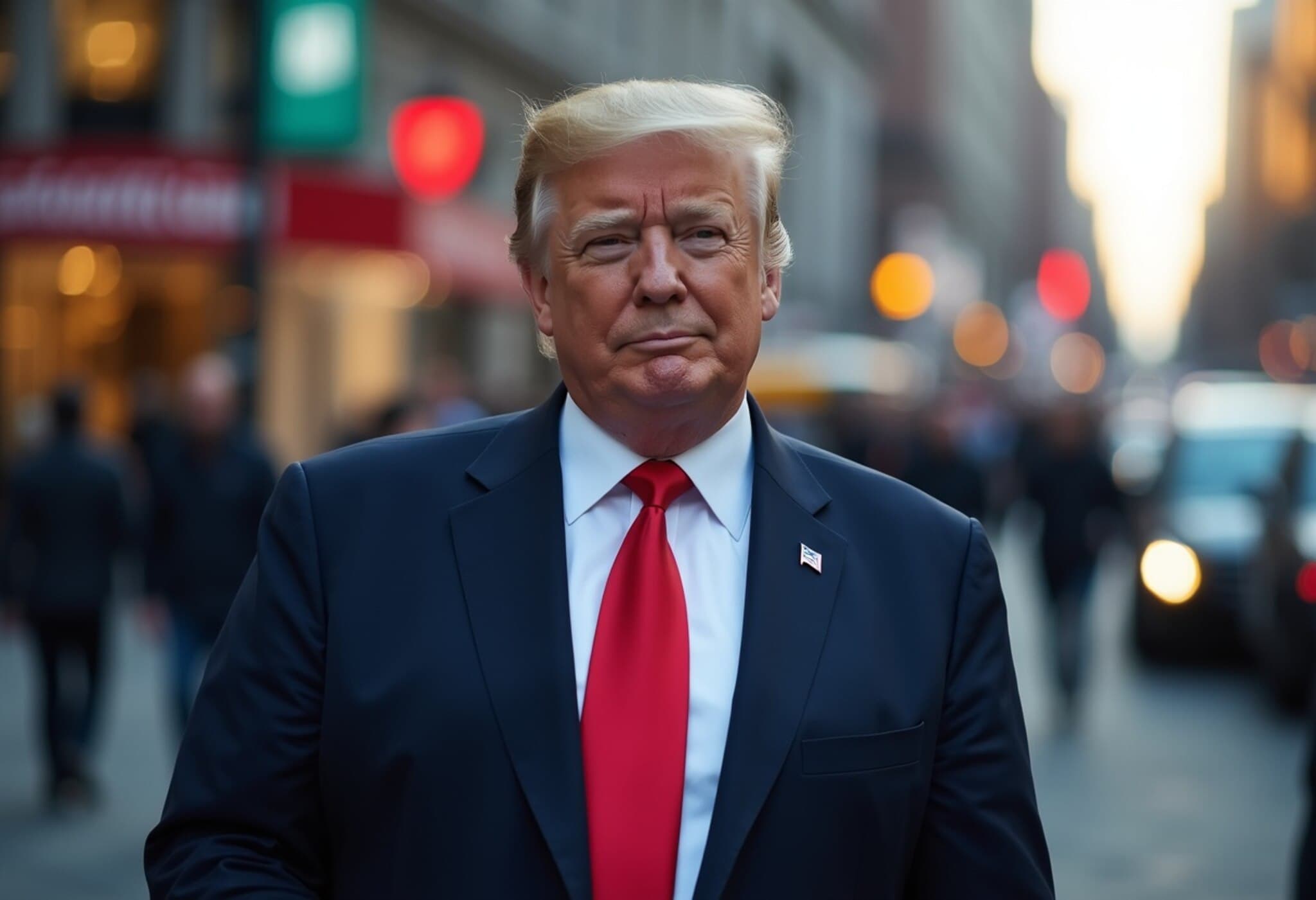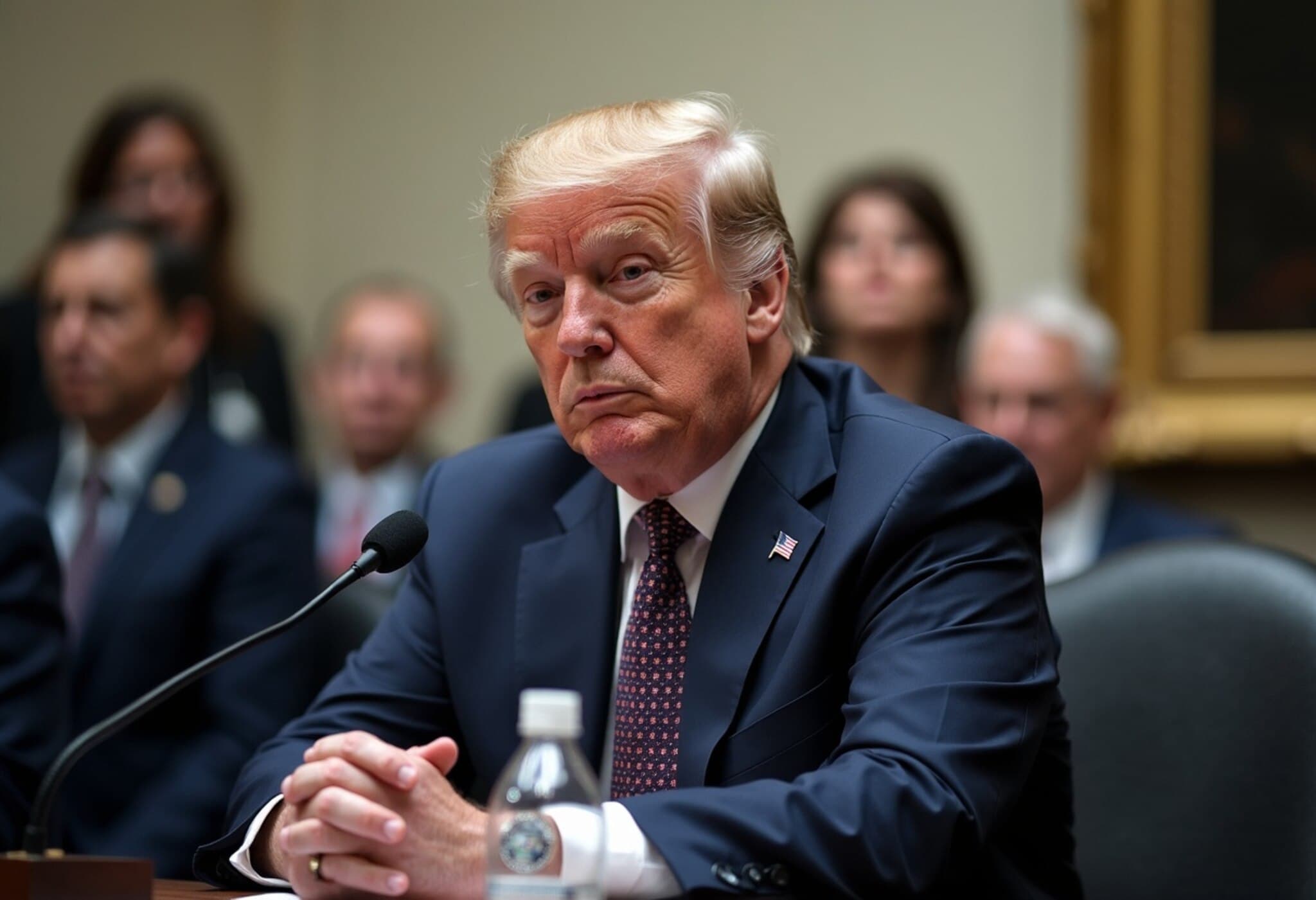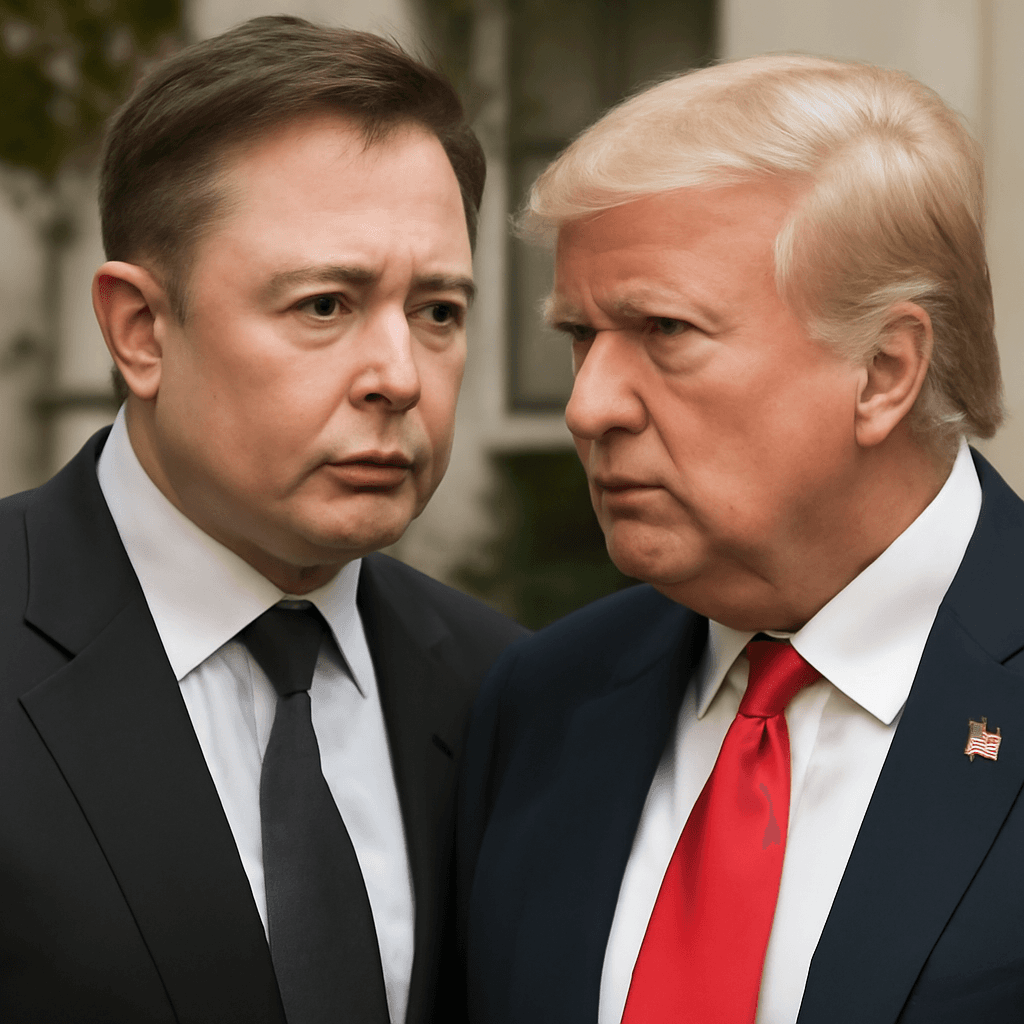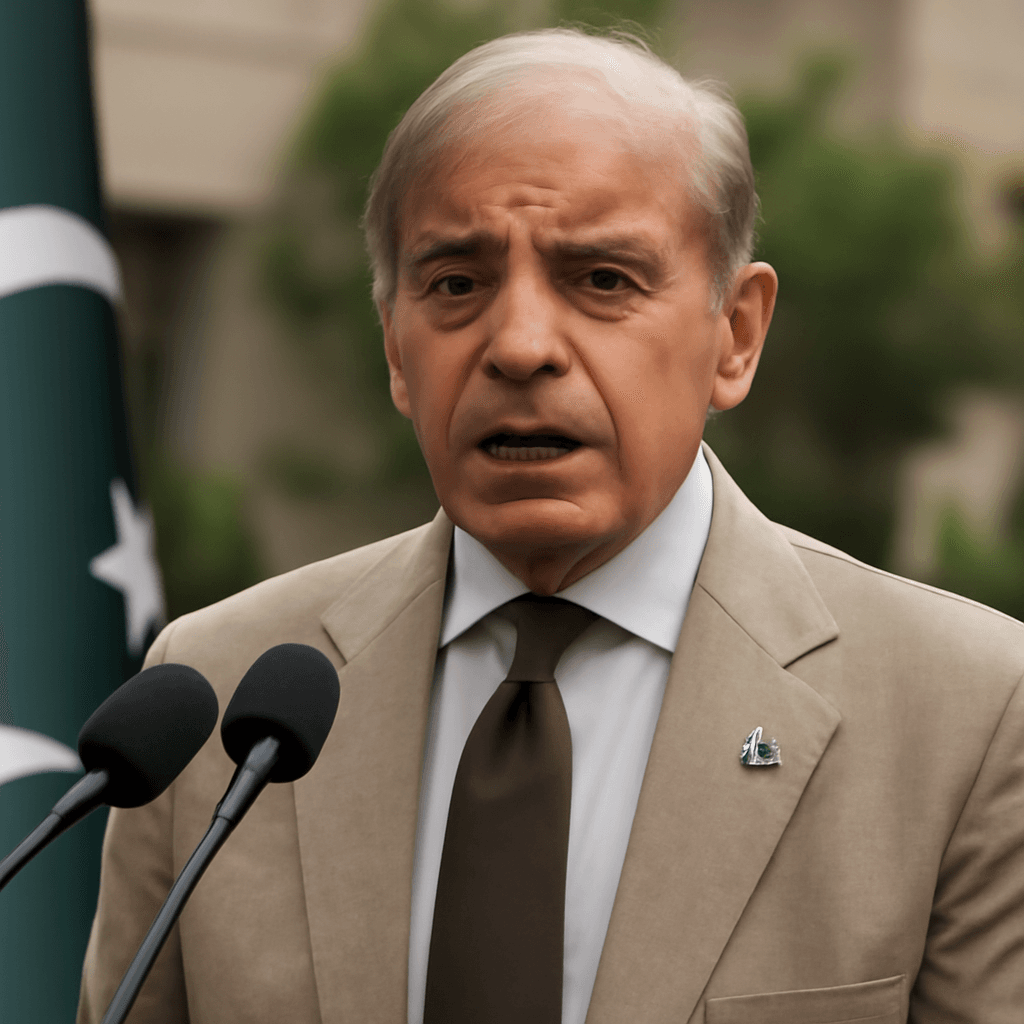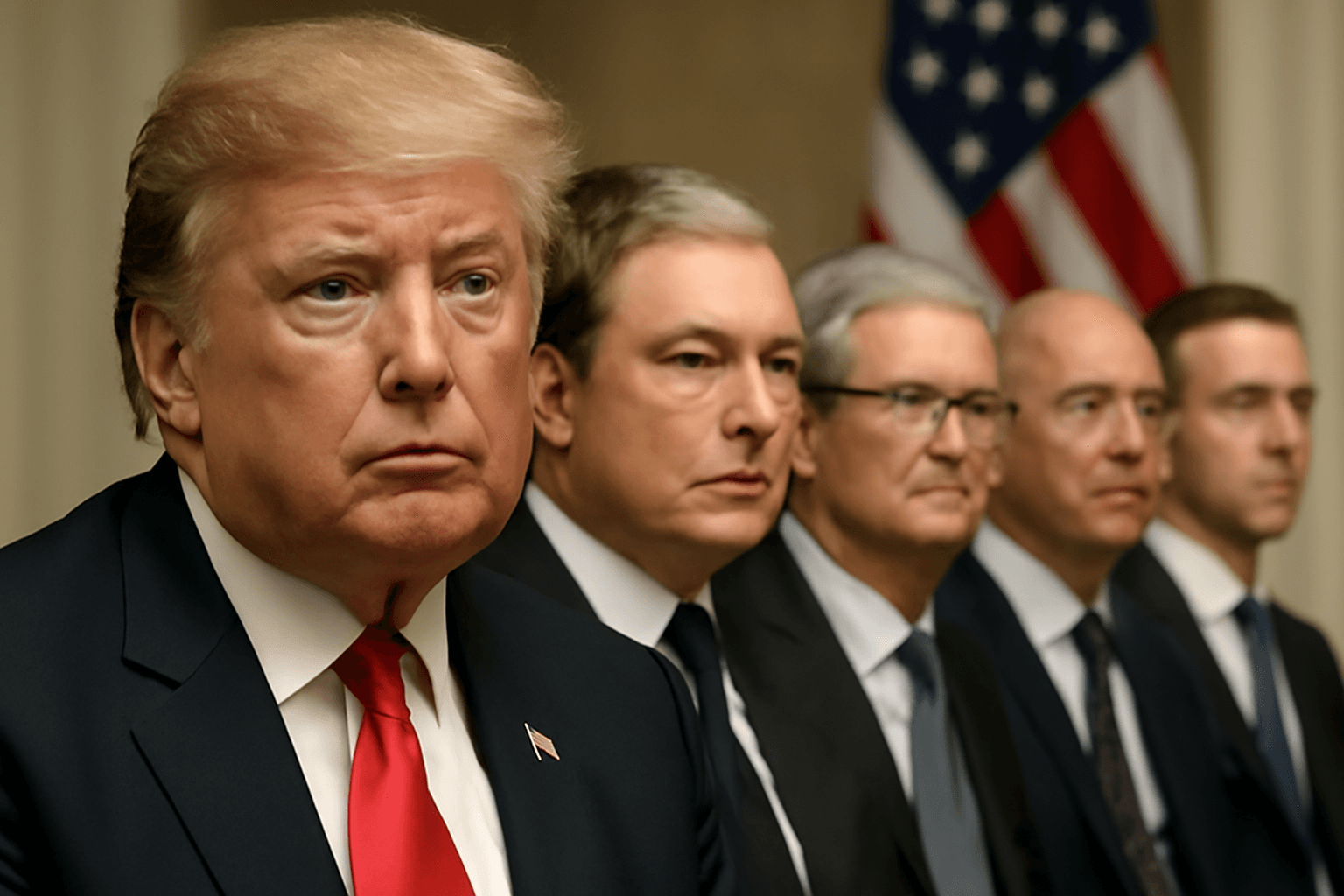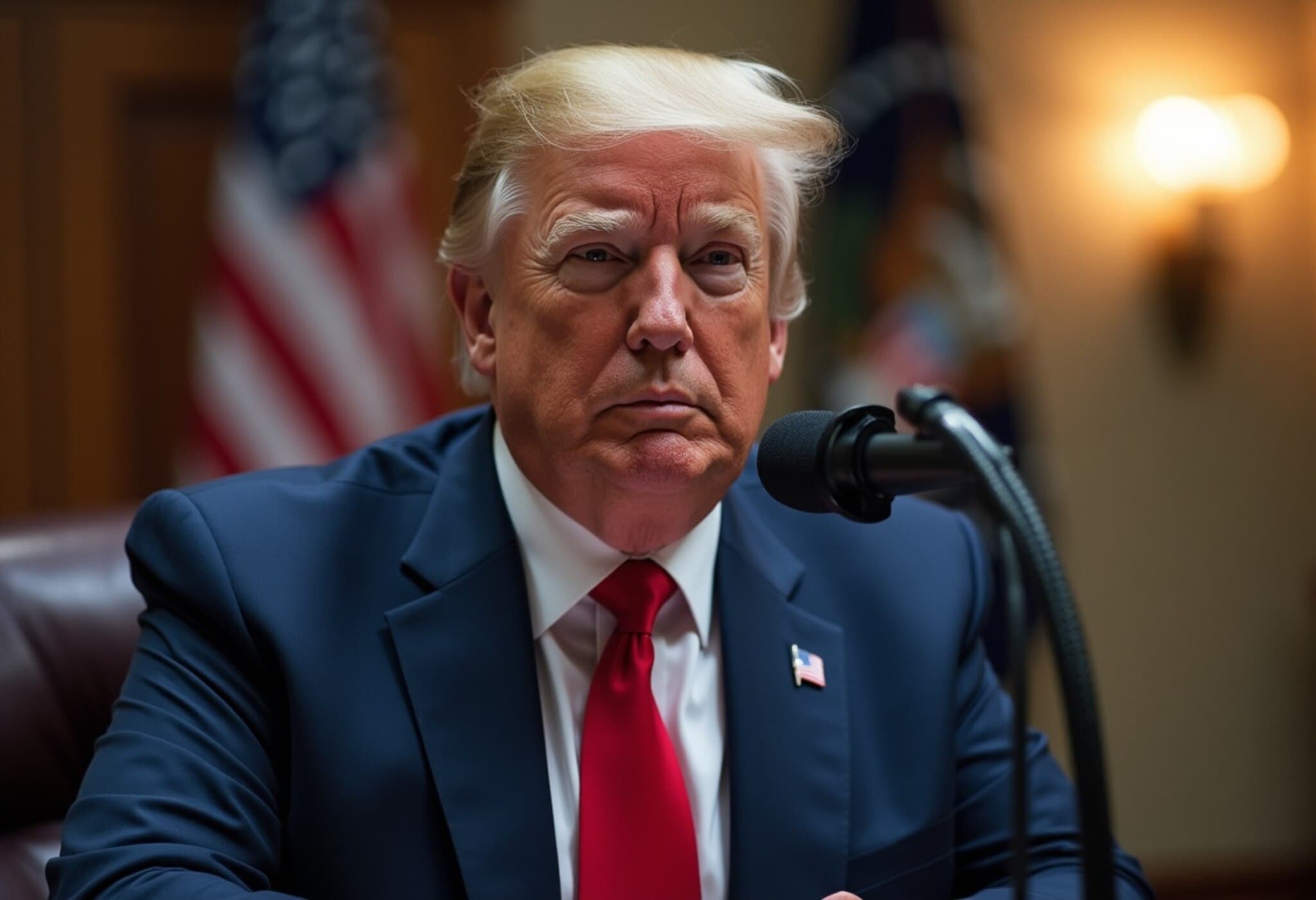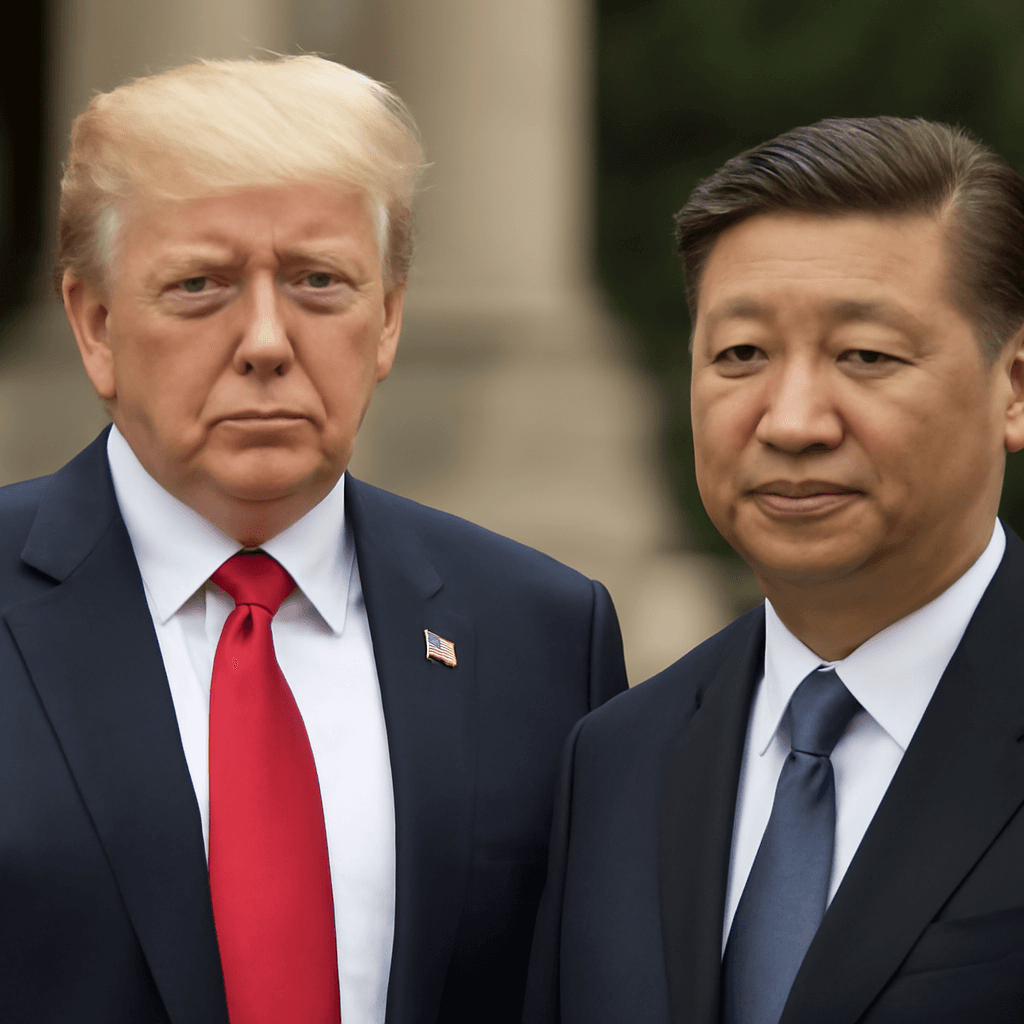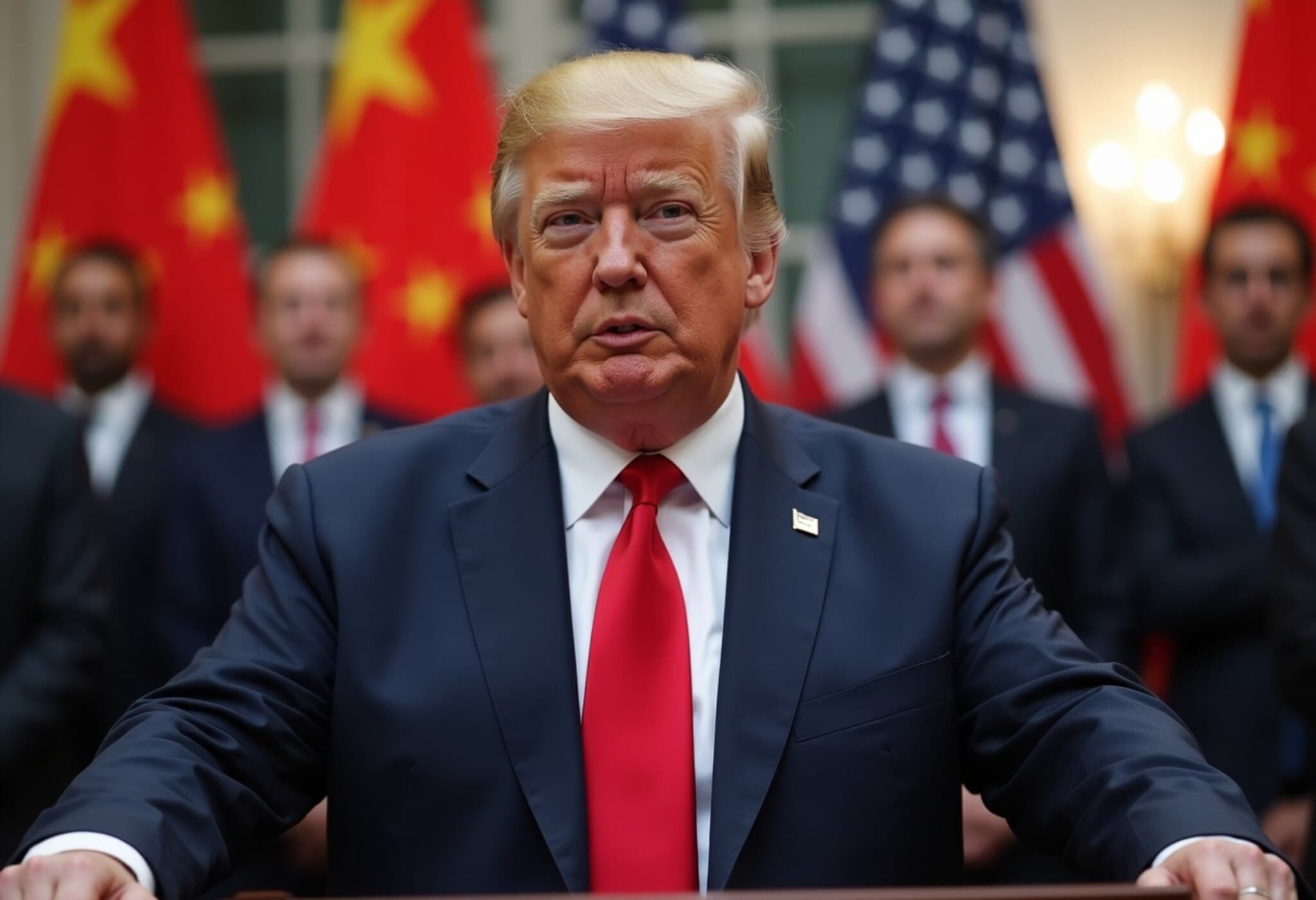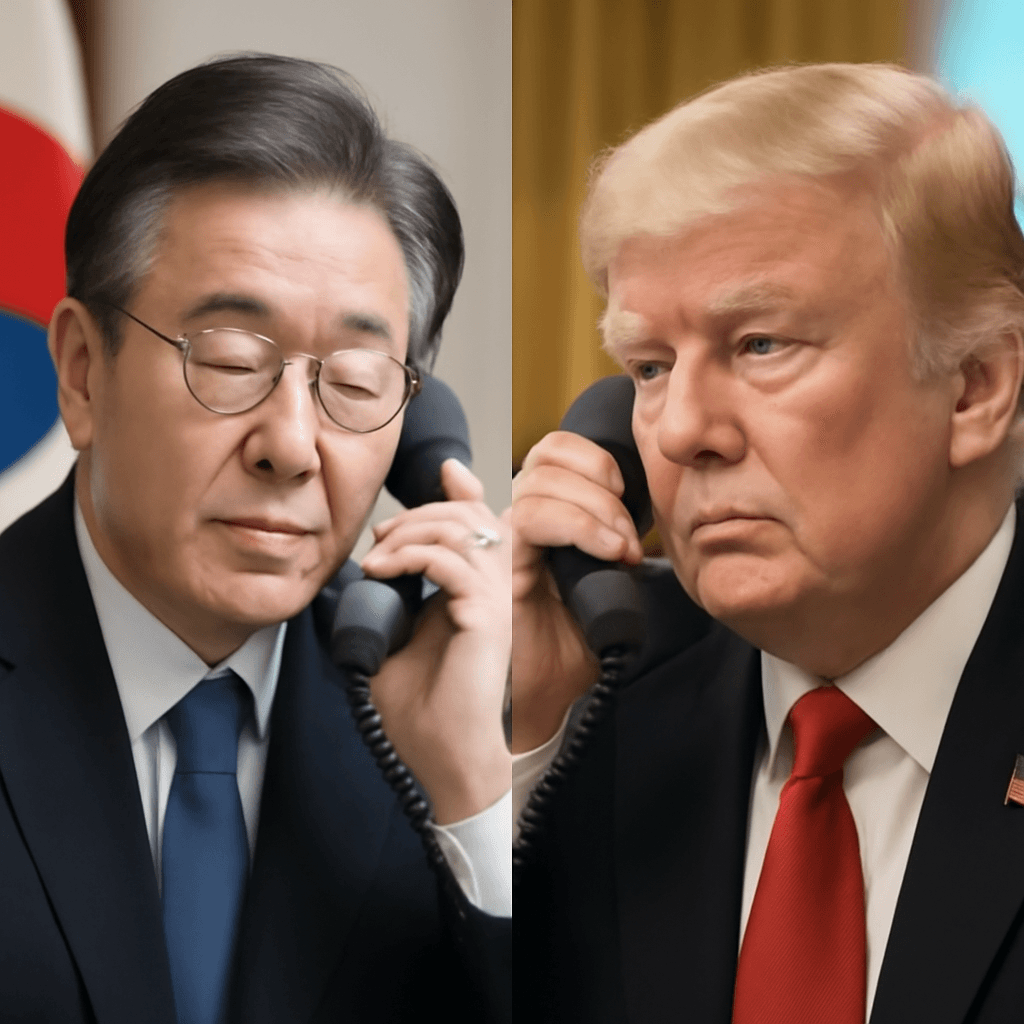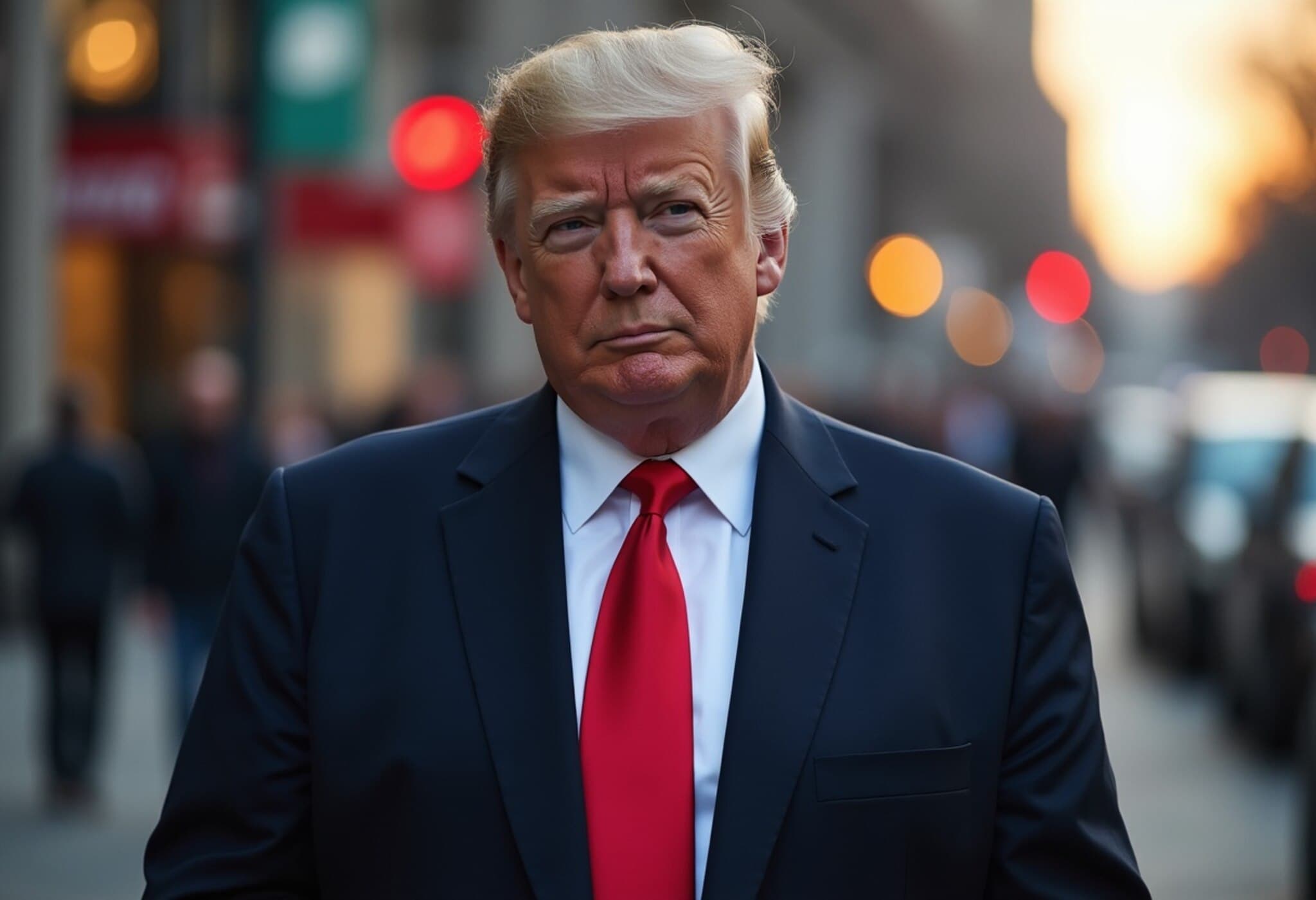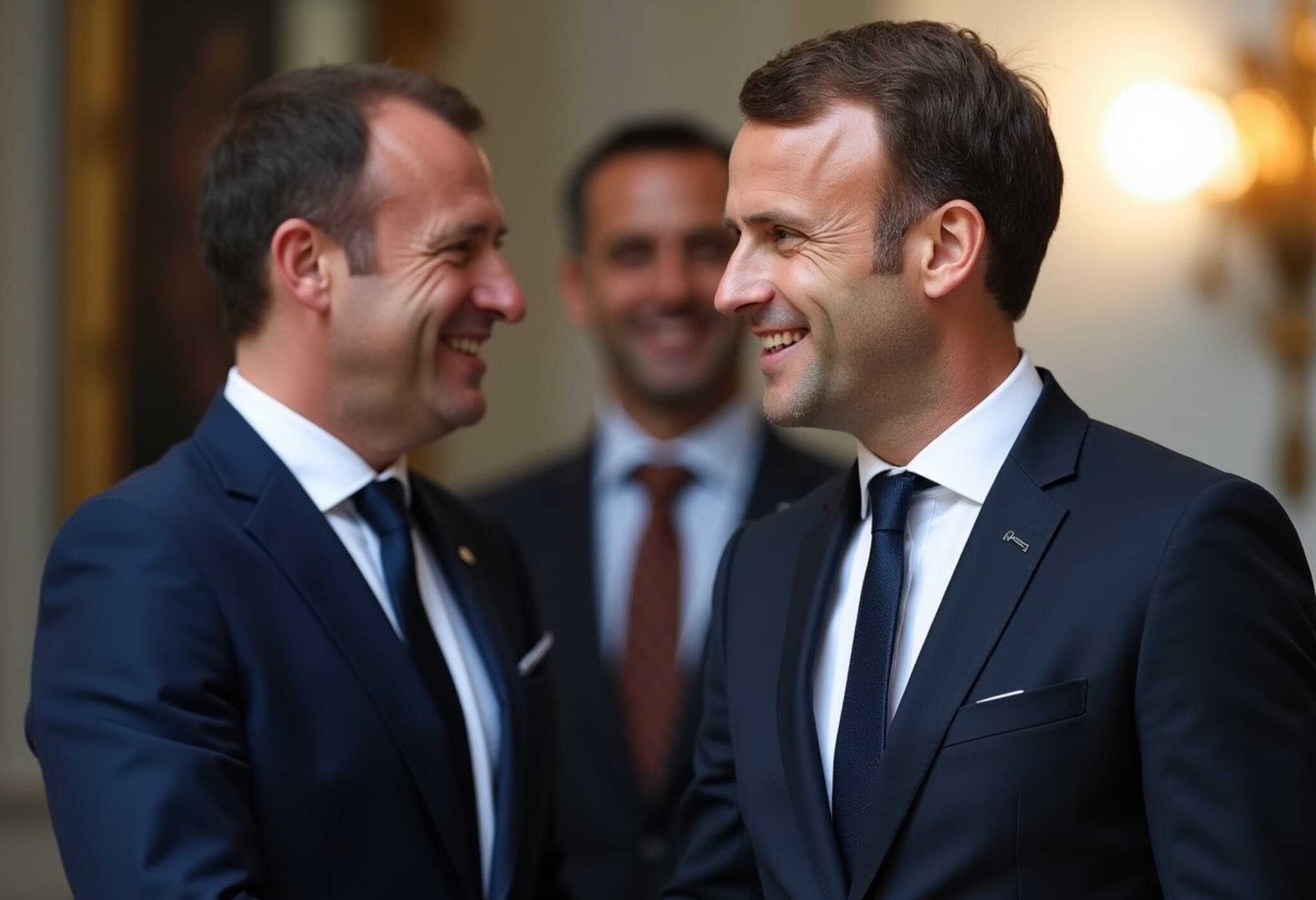Trump Delays Reinstatement of China Tariffs, Extends Forgiveness Period
In a strategic move aimed at maintaining fragile diplomatic and trade relations, President Donald Trump signed an executive order on August 11, 2025, extending the pause on high tariffs imposed on Chinese goods for an additional 90 days. This extension came just hours before the initial moratorium was due to expire at midnight, preventing a sudden spike in import duties that could have escalated tensions between the two economic superpowers.
Context Behind the Extension
The 90-day tariff freeze was originally agreed upon in May, following the first direct negotiations between U.S. and Chinese trade representatives in Geneva, Switzerland. This temporary truce came amid the peak of a bitter tariff war that disrupted global supply chains and stoked uncertainty in international markets.
More recently, talks held in Stockholm, Sweden, in late July formed the backdrop for the latest decision. U.S. trade officials and their Chinese counterparts engaged in discussions aimed at both sides finding common ground on longstanding trade grievances, including intellectual property rights, forced technology transfers, and market access.
Expert Insights: Navigating Complex Trade Dynamics
From an economic policy perspective, the extension provides crucial breathing room to avoid impulsive financial shocks on businesses and consumers. Tariffs, often seen as blunt instruments, can disproportionately impact supply chains and raise prices throughout the economy. By temporarily shelving increases, American manufacturers reliant on Chinese components may reduce operational unpredictability, while consumers might avoid sudden price hikes.
However, this delay also raises questions about the long-term trajectory of U.S.-China trade relations. Trade experts caution that while these pauses ease immediate tensions, they do not resolve fundamental disputes that threaten sustained cooperation. Are the ongoing negotiations signaling tangible progress or merely deferring inevitable confrontations?
Implications for U.S. Stakeholders
- American Businesses: Firms importing Chinese goods gain short-term cost predictability, enabling better inventory and price management.
- Consumers: Extended tariff pauses can help prevent inflationary pressures on consumer goods tied to Chinese imports.
- Policymakers: The decision highlights the delicate balancing act between protecting domestic industries and maintaining stable international trade.
Broader Economic and Political Context
The tariff battle between the U.S. and China has been one of the defining economic conflicts of the past decade, intertwined with geopolitical rivalry and global supply chain reconfiguration. While tariffs have been used as leverage to address trade imbalances and unfair practices, critics argue they inadvertently disrupt global markets and may fuel protectionism.
This extension — though modest — serves as a reminder of how interconnected policy decisions are with real-world economic outcomes. It also reflects the intricate diplomacy involved in managing the world's two largest economies in an era marked by both competition and cooperation.
Editor’s Note
As President Trump extends the tariff pause, the key question remains: will temporary reprieves translate into durable solutions? For stakeholders across government, industry, and the consumer landscape, vigilance and adaptive strategies will be crucial while negotiations remain in flux. The coming months may not only redefine U.S.-China economic relations but also reshape global trade norms in unpredictable ways.
Our team will continue to monitor developments closely, analyzing the potential ripple effects on markets and policy frameworks worldwide.


